Most dogs love food, and they’re especially attracted to what they see us eating. While sharing the occasional tidbit with your dog is fine, it’s important to be aware that some foods can be very dangerous to dogs. Take caution to make sure your dog never gets access to the foods listed in the image below. Even if you don’t give him table scraps, your dog might eat something that’s hazardous to his health if he raids kitchen counters, cupboards and trash cans.
Symptoms that your dog has eaten a toxic food
Although there are signs that are specific to each type of toxin, the most common symptoms include:
- Lethargy, weakness
- Drooling
- Vomiting
- Diarrhea
- Abdominal pain
- Swollen limbs
- Irregular heartbeat
- Difficulty breathing
- Convulsions
- Coma
Foods that are Toxic for your Dog
There are many foods that can be harmful or toxic to your dog. Below is a list of 10 of the most toxic items that your dog may ingest.
Be sure to protect your dog from eating the following foods:
Alcohol

Alcohol has the same effect on a dog’s liver and brain that it has on humans, but it takes far less to do damage. Alcohol is rapidly absorbed into the bloodstream and affects dogs quickly; the smaller the dog, the greater the effect. Ingestion of alcohol can cause dangerous drops in blood sugar, blood pressure, and body temperature. Intoxicated animals can experience vomiting, diarrhea, seizures, respiratory failure, coma, and even death.
Garlic & Onions
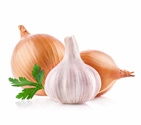
Onions, shallots, scallions, and garlic in all forms – powdered, raw, cooked, or dehydrated – can destroy a dog’s red blood cells, leading to anemia. Symptoms of anemia include weakness, vomiting, little interest in food, dullness, and breathlessness. The damage generally doesn’t become apparent until three to five days after a dog eats one of these items.
Mushrooms

Mushrooms can contain toxins which may affect multiple systems in the body. Wild mushrooms — which may be found growing in your backyard or on outdoor trails where you walk your dog — can trigger reactions in the kidneys, liver and brain. Mushroom toxicity is known to be fatal in dogs, resulting from seizures, tremors, and organ failure.
Caffeine

Chocolate, coffee, or any products containing caffeine, theobromine, or theophylline can be toxic to a dog’s heart and nervous systems. The darker the chocolate, the worse it is for your dog. Reactions can range from vomiting, increased thirst, abdominal discomfort, and restlessness to severe agitation, muscle tremors, irregular heart rhythm, high body temperature, seizures and death.
Nicotine

Dogs can be poisoned by nicotine by chewing or eating cigarettes, cigarette butts, nicotine gum and patches. When large amounts are consumed, the effects can be life-threatening, but even small amounts can induce symptoms. Without treatment, nicotine toxicity can cause paralysis of the breathing muscles and your dog may die from an inability to breathe, sometimes within a few hours.
Xylitol

While it’s completely safe for humans, Xylitol, an artificial sweetener found in many sugar-free products, can result in a rapid, severe insulin release when ingested by dogs. Acute poisoning will occur in as little as 10 to 15 minutes, resulting in hypoglycemia (life-threateningly low blood sugar) and acute hepatic necrosis (severe liver failure).
Fruit Pits

Fruit pits of any kind can cause intestinal obstruction. Apple seeds and pits of cherries, peaches, pears, plums, and apricots also contain cyanide, which is poisonous to both humans and dogs. Dogs should not be allowed to chew on fruit pits, as chewing could also result in the pit being swallowed, causing continuous exposure to cyanide, or could cause the dog to choke.
Grapes & Raisins

Grapes and raisins have been associated with the development of kidney failure in dogs. Death due to kidney failure may occur within three to four days after ingestion, and long-term kidney disease may persist in dogs who survive the initial intoxication.
Yeast Dough

Eating unbaked dough containing yeast can cause life-threatening problems in dogs. Unbaked dough that contains yeast can expand in your pet’s stomach or intestines. As the yeast ferments it releases gases, resulting in nausea, vomiting, diarrhea, and even life-threatening bloat and a twisted stomach. Secondly, some yeast dough also ferments into alcohol, which is rapidly absorbed into the bloodstream and can quickly result in alcohol poisoning.
Nuts
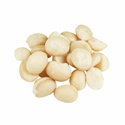
Most nuts are bad for dogs; macadamia nuts are the worst. Nuts have compounds that accelerate the growth of bladder stones and weaken the bones. Although the exact toxin macadamia nuts in particular is unknown, ingestion of these nuts by dogs have been associated with vomiting, muscle and joint pain, swelling, and lethargy.
Avocados

Avocado leaves, pits, skin, and fruit contain a toxin called persin. Certain varieties of avocado can cause upset stomachs, breathing difficulties, and fluid buildup in the chest. Also, the pit can accidentally be swallowed, leading to obstruction of the gastrointestinal tract.
What to Do if Your Dog Has Ingested a Toxic Food
It’s also a good idea to have the phone numbers of the ASPCA Poison Control Center, your regular veterinarian, and an after-hours veterinary hospital posted in your home. Be sure to have an idea of how much of the substance your pet ingested and how long ago it happened. As with any toxic exposure, minutes count, so calling for help at once can save your dog’s life.
Additional Toxic Dog Food Resources
“Toxic Foods & Plants for Dogs” by Entirely Pets Blog
Toxic Foods & Plants for Dogs Article
“Toxic Foods for Dogs – Fruits, Vegetables and Nuts” by Dog Heirs
Toxic Foods for Dogs – Fruits, Vegetables and Nuts Article
“The Most Poisonous Foods for Dog” by PetCareRX
The Most Poisonous Foods for Dog
Toxic Food Stories
A chocolate Santa sends Benji to the ER
“True Story: My Dog Ate Chocolate. Here’s What Happened Next”
Are there hidden dangers in your yard?
Sugar-free gum pulled from a briefcase makes two dogs violently ill
“Merry Christmas, Kids. I Poisoned the Dogs.”





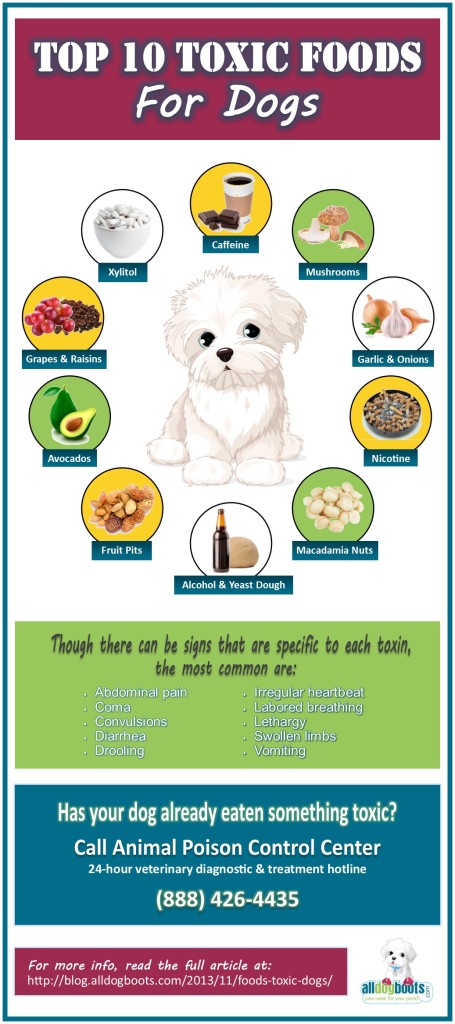


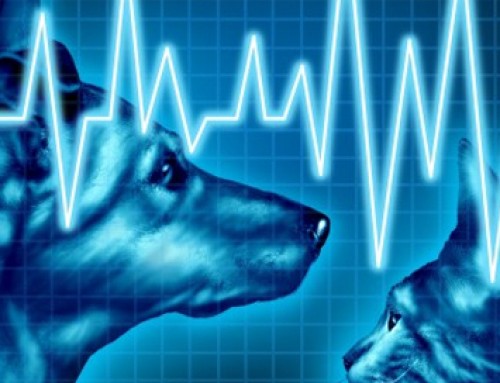

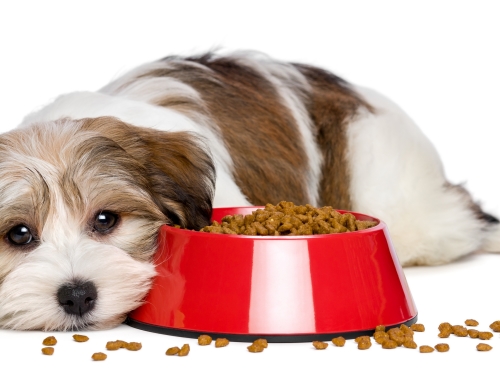



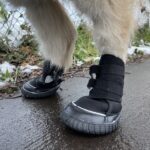



Leave A Comment